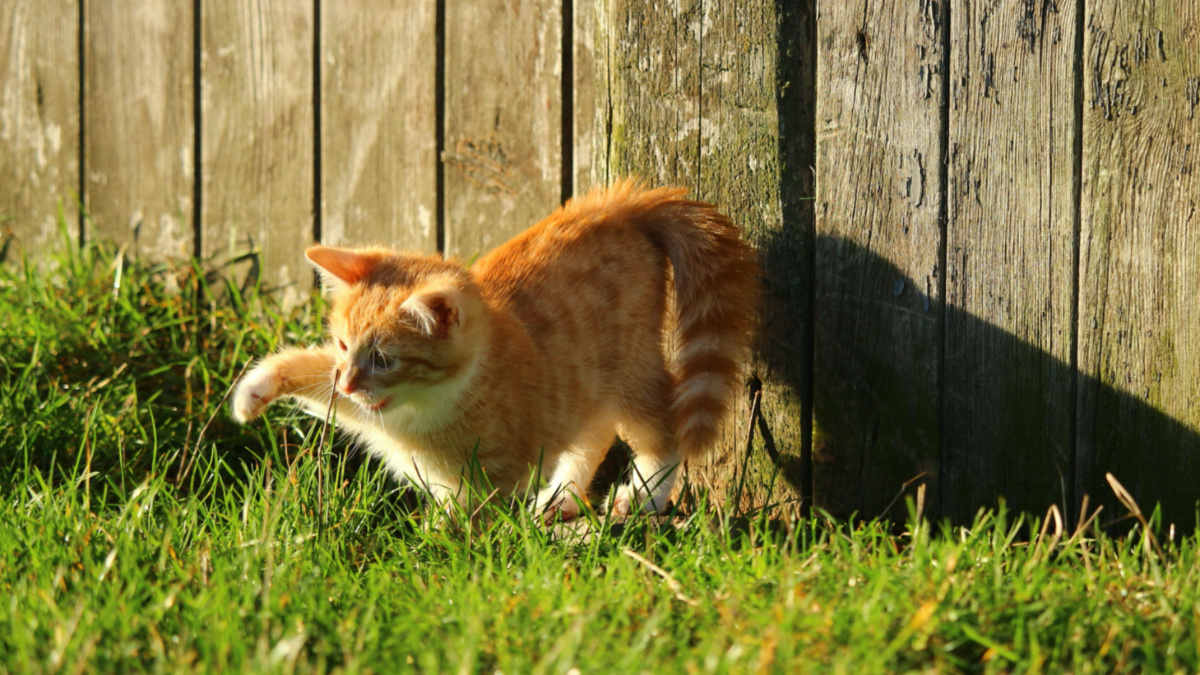Are Cats Killing The Environment?

Introduction
As beloved companions, cats bring joy and warmth to millions of households worldwide. However, a growing debate surrounds their impact on the environment. With over 600 million domesticated cats globally, concerns about their role in wildlife decline and ecosystem disruption have emerged. This article explores the environmental consequences of cat ownership, delving into their hunting behavior, ecological footprint, and steps we can take to mitigate their impact while ensuring our furry friends remain happy and healthy. Understanding this balance is crucial as we navigate the complexities of coexisting with our feline friends.
The Impact of Cats on Wildlife
Hunting Behavior of Domestic Cats
Cats are natural hunters, and their instinctual behavior can have a significant impact on local wildlife. Here are some key points to consider:
- Prey Selection: Cats primarily hunt small mammals, birds, reptiles, and insects. In the U.S. alone, it is estimated that free-ranging domestic cats kill between 1.3 and 4 billion birds and 6.3 to 22.3 billion mammals annually.
- Native Species at Risk: The hunting habits of cats can lead to a decline in native species populations, particularly in vulnerable ecosystems. Ground-nesting birds and small mammals often suffer the most.
- Ecosystem Disruption: The removal of certain species can disrupt food webs, leading to unexpected ecological consequences. For example, a decline in rodent populations may impact predator species that rely on them for food.
Case Studies of Cat Impact on Wildlife
Several studies have illustrated the profound impact of cats on wildlife:
- The Australian Experience: In Australia, feral cats are responsible for the extinction of at least 27 native species since European colonization. This has prompted drastic measures, including culling programs, to protect endangered wildlife.
- Island Ecosystems: On islands, where species have evolved without natural predators, cats pose an even greater threat. The introduction of cats to places like New Zealand has led to severe declines in native bird populations.
The Environmental Footprint of Cat Ownership
Resource Consumption
Beyond their hunting habits, cat ownership also contributes to environmental degradation through resource consumption:
- Food Production: The production of cat food involves significant agricultural inputs, including land, water, and energy. The carbon footprint associated with producing meat-based diets can be substantial.
- Waste Management: Cats produce waste that can contribute to pollution if not managed correctly. Cat litter, particularly clumping clay, can have a negative environmental impact due to its extraction and disposal practices.
Mitigating Environmental Impact
Fortunately, cat owners can take several steps to reduce their pets' environmental footprint:
- Feed Responsibly: Consider feeding your cat a diet that incorporates sustainably sourced ingredients or plant-based options.
- Keep Cats Indoors: Keeping cats indoors or allowing them outside only in controlled environments, such as catios, can significantly reduce their impact on wildlife.
- Spay and Neuter: Reducing the overall cat population through spaying and neutering helps mitigate the environmental impact of feral and stray cat populations.
Balancing Cat Ownership and Environmental Responsibility
The Role of Responsible Pet Ownership
As cat owners, we have a responsibility to ensure our pets do not harm the environment. Here are some effective practices:
- Education and Awareness: Educate yourself and others about the environmental impact of cats. Understanding the issues can lead to more responsible ownership.
- Community Engagement: Participate in local initiatives focused on controlling feral cat populations and protecting vulnerable wildlife. Collaboration can lead to more sustainable solutions.
- Support Research: Engage with and support organizations that conduct research on the effects of domestic cats on the environment and advocate for better practices in pet ownership.
The Benefits of Indoor Cats
Keeping cats indoors not only protects wildlife but also offers health benefits for the cats themselves:
- Reduced Risk of Disease: Indoor cats are less likely to contract diseases from wildlife or other cats, leading to a longer, healthier life.
- Safety from Hazards: Indoor cats are protected from traffic, predators, and harsh weather conditions, improving their overall well-being.
Conclusion
The question of whether cats are killing the environment is complex, with valid concerns regarding their impact on wildlife and ecosystems. However, as responsible pet owners, we can take actionable steps to minimize this impact. By understanding their hunting behavior, managing their ecological footprint, and adopting responsible practices, we can enjoy the companionship of our feline friends while protecting the natural world. As we navigate this balance, it is essential to foster awareness and take steps toward a more sustainable coexistence with our pets and the environment they inhabit.



Comments ()